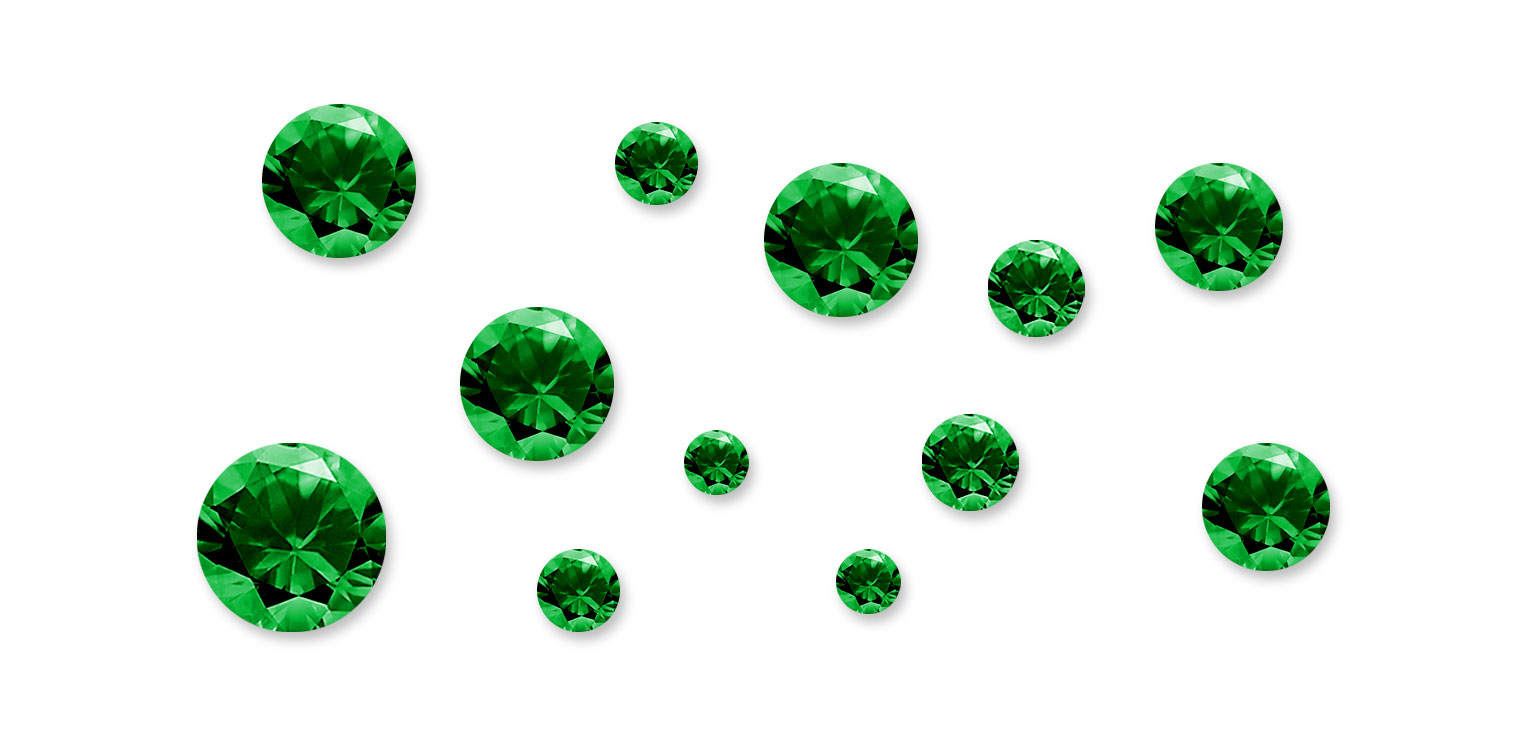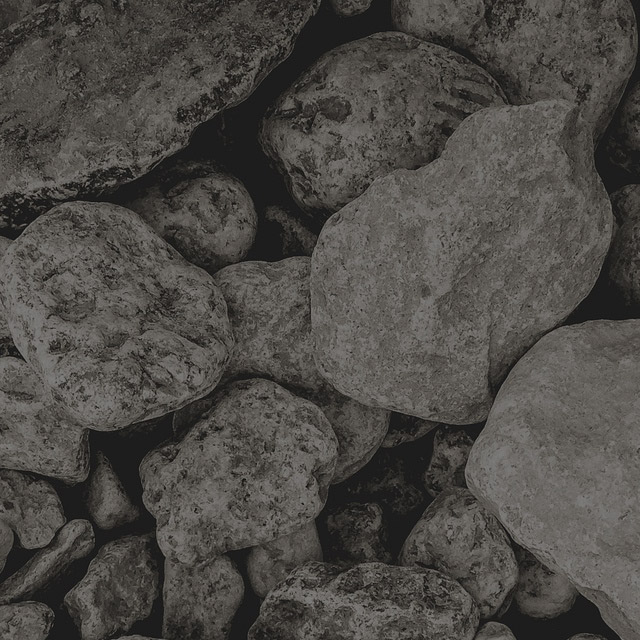Buying Guide
The Gemstone Guide to Emerald

Loved for
Its deep, vivid green colour.
About Emerald
Emerald is part of the beryl family of gemstones, which also includes aquamarine, helidor, morganite and green beryl. European gemologists hold the view that for a beryl to be correctly described as emerald it must have been naturally coloured by chromium. In America, colouration by vanadium is also allowed.
As one of the Cardinal Stones, clear emeralds in large sizes are extremely valuable. The majority of these languid stones have inclusions, a material that is trapped inside a mineral during its formation. These natural flaws lend emeralds their individual beauty, as well as a fragility that means, as one of the softer stones, that they must be set correctly to avoid damage.
In India, polished emerald is highly prized. One of the Jazz Age’s most famous beauties, Maharani Sita Devi of Baroda, was a significant commissioner of Western fine jewellery and was often known to break up and sell unwanted pieces.
Harry Winston, having transformed a pair of the Maharani’s polished emerald anklets into a major emerald and diamond necklace, later sold it to Wallis Simpson, the former Duchess of Windsor. On learning this, Sita Devi took the opportunity of meeting the Duchess at a party to remark that “the emeralds had looked so much better on her feet”. Wallis Simpson returned the necklace to Harry Winston the next day.
Colour
Emerald comes in many shades, from the deepest vivid green to the paler tones of green beryl that are often described as “water emerald”.
Where it's found
Famously mined in Colombia, where the most highly prized emeralds are still found. Seams of emerald are also now being mined in Zambia and excellent colours and clarity are being found there. Other sources include Zimbabwe, Brazil and Pakistan.
Moh hardness
7.5-8 (1 soft to 10 hard)
Birthstone
For May
Anniversaries
20th & 35th wedding anniversary
